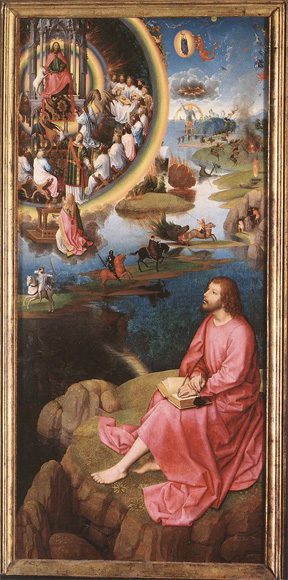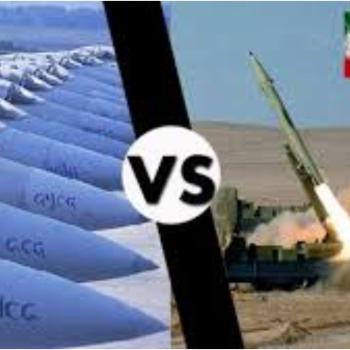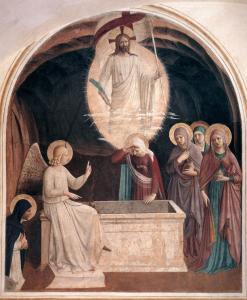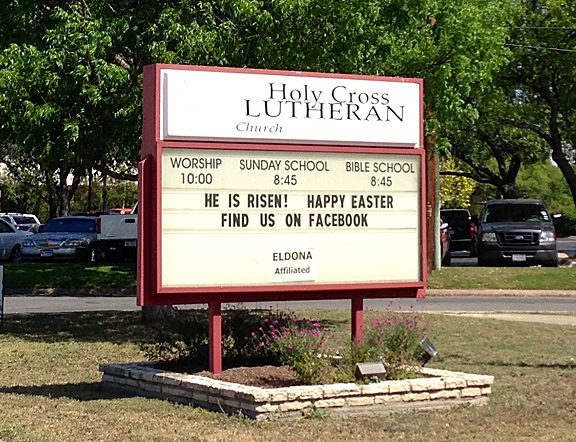Handel’s Messiah: An Unexpected Easter Masterpiece
Part III
In yesterday’s post, I examined Parts I and II of Handel’s Messiah, showing that the birth of Jesus takes up only the first section of the Part I. Part II focuses on the death and resurrection of Jesus, ending with the glorious celebration of the “Hallelujah Chorus.”
Part III of Handel’s Messiah returns to the theme of resurrection, at first citing the beloved text from Job: “I know that my Redeemer liveth, and that he shall stand at the latter day upon the earth” (based on Job 19:25). From this confession that Christ the Redeemer lives, Part III of the Messiah transitions into an extensive exposition of the final resurrection of all people, using many verses from 1 Corinthians 15. It begins by connecting the resurrection of Christ with our own future resurrection: “For now is Christ risen from the dead, the first fruits of them that sleep” (based on 1 Corinthians 15:20). From this point onward Part III includes some of the most joyful and triumphant music of the Messiah, backing up such words as:
“The trumpet shall sound, and the dead shall be raised incorruptible” (based on 1 Corinthians 15:52).
“O Death, where is thy sting?” (based on 1 Corinthians 15:55).
“But thanks be to God who giveth us the victory, through our Lord Jesus Christ” (based on 1 Corinthians 15:57)

The final chorus of the Messiah is one of unabashed worship:
“Worthy is the Lamb that was slain, and hath redeemed us to God by his blood, to receive power, and riches, and wisdom, and strength, and honour, and glory, and blessing. Blessing and honour, glory and power be unto him that sitteth upon the throne, and unto the Lamb, for ever and ever.” (based on Revelation 5:12-13)
What could possibly follow this, other than 3 minutes and 22 seconds of “Amens”?
Concluding Observations
A performance of Handel’s Messiah lasts somewhere around 137 minutes, give or take five minutes depending on the pace of the conductor. The birth of Jesus (“For unto us a child is born”) comes just about 25% into the performance. The resurrection (“But thou didst not leave His soul in hell”) occurs just before the 60% point, which leaves 40% of the entire Messiah to focus on the fact and the implications of the resurrection. A substantial portion of this 40% concerns the resurrection, not of Jesus, but of those who believe in him.
I’ve often wondered if one reason we tend to ignore the post-Christmas portions of the Messiah is that a performance of the whole piece takes so long. This, in addition to the difficulty of the singing, would discourage many choirs, especially church choirs composed of volunteers with limited time on their hands. When my church choir, along with two guest choirs, performed the Messiah a few years ago, they actually performed an abbreviated version that lasted about 75 minutes. It included all the major choruses and solos, but omitted some of the narrative. This was read from the libretto (or the text of the New Testament Gospels, in some places.)
Thus, from a structural point of view, the death and resurrection of Jesus are the denouement of the Messiah, with everything prior leading up to this moment, and everything afterwards following from it. In this sense, Handel’s composition mirrors the history of salvation, in which the death and resurrection of Christ are the very center of time, the place in which God defeats the power of sin and death.
What I find particularly impressive about the Messiah is that it doesn’t end with the empty tomb or the resurrection appearances. In fact, these aren’t even mentioned. Rather, Handel carries the story of Easter forward to Pentecost and the preaching of the word, and even as far as the final resurrection of all people. Thus, the Messiah is not an Easter Sunday composition so much as an Eastertide masterpiece. It points us to the broader and deeper implications of Christ’s resurrection, while leading us before the throne of God where we offer “blessing and honour, glory and power” to the One who sits on the throne and to the Lamb.
If you haven’t listened to Handel’s Messiah recently, I’d encourage you to do it. And as you do, celebrate the full blessing of Easter in this season of Eastertide.















